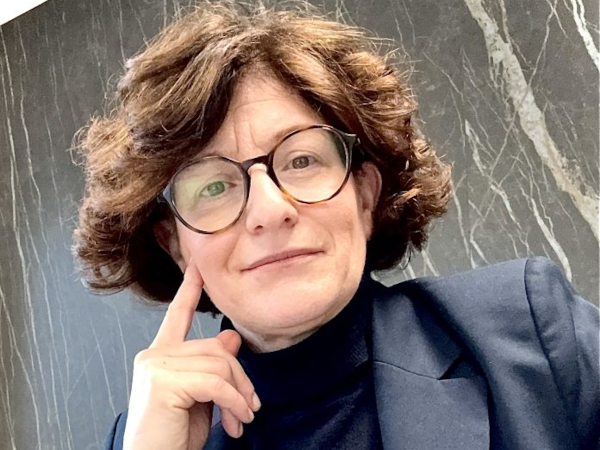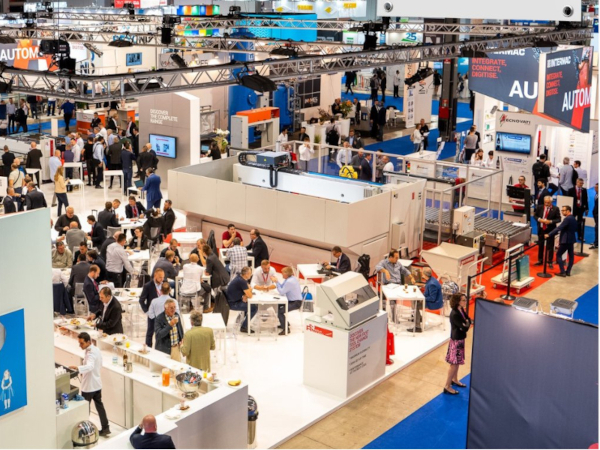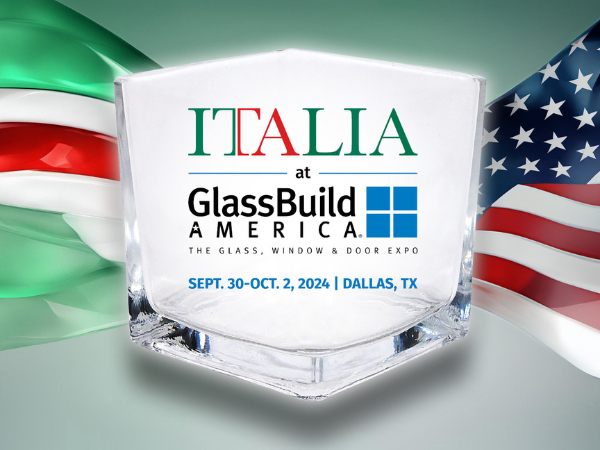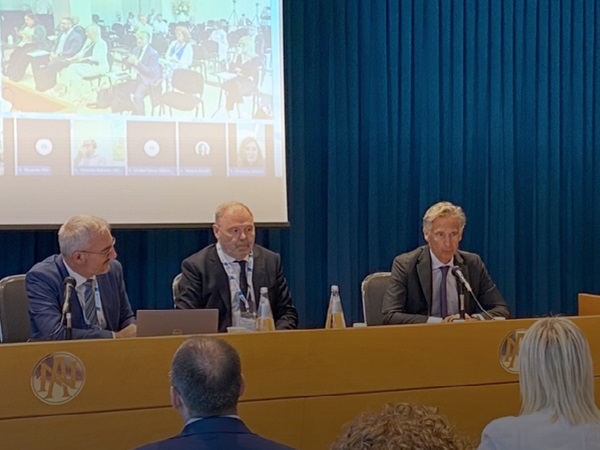Date: 21 October 2013
This very important indication also strengthens the initiative of Italian entrepreneurs in the European market, which remains a strategic and vital source of business. According to Mario Draghi, President of the European Central Bank, recovery has indeed reached Europe but "it's still in its infancy" and hence in need of all the support and protection necessary to ensure it can grow to adulthood. There are positive signs from the financial markets, interest rates will remain at the current levels and - still according to the President - may be further reduced if deemed necessary.Nonetheless, according to him, it is crucial for us to work on being more competitive since this is the keystone for achieving the two primary goals: accelerating economic growth and boosting employment. During the last years of economic crisis, the European countries that registered the highest profit margins, lowest public debt and (modest) growth in employment were also the most competitive; hence the cure calls for the "three Is" recipe: innovation, investments and economic incentives for businesses. These last are the Governments' responsibility but the first two rely on the companies' commitment and long-term outlook.
.jpg)
The light at the end of the tunnel is visible and seemingly a well-documented fact. It's even true that albeit slightly, the economists' predictions were exceeded: the Eurozone GDP grew by 0.3% in the second quarter of 2013 (as opposed to the estimated 0,2%) thanks to Germany, who ranked first in performance, followed by France and even Portugal, which finally reversed an over three years long negative trend.
.jpg)
While investors contemplate the end of the recession, the industry and the entire manufacturing sector have only one strategic choice: trust that recovery is indeed here to stay and therefore contribute to improve the overall microeconomic environment. This is the exact position undertaken by Dino Fenzi, President of Vitrum and Honorary President of Gimav: “The European growth trend is just about stable now; I truly do not believe that after the double dip there will be a triple dip; it never happened before. We are quite satisfied with the latest development, although we are far from full recovery: Europe is crucially important to us, it is our reference market. About 80% of Gimav associated companies' overall invoiced sales are exports, and in 2012 at least 50% of them were attributable to Europe. The same recovery in the European construction sector is an important indicator in general and a very positive sign for the glass sector in particular. Sure, it may be tied to the work season, but regardless of this being a technical or physiological phenomenon, it remains a significant fact."
How do the individual countries in the European continent behave in our sector, that of glass processing machinery? “Generally speaking, things were better than 2012 for the first 7 or 8 months of the year: the market is more stable, less prone to swings - confirms Cinzia Schiatti, President of Gimav – This is surely a favorable business climate that encourages and allows companies to dare replenish their stock. Positive signals are also being received from France even though it would be good if the flow of high value purchase orders was more constant. Things are better with regard to Germany while for the rest of Eastern Europe the results are excellent, with Poland in the lead (which still smartly relies on EC subsidies), followed by Romania and Bulgaria. Russia is just beginning to recover as its credit-related problems are slowly being resolved".
Though far away, it seems the light is on for good this time.







Add new comment